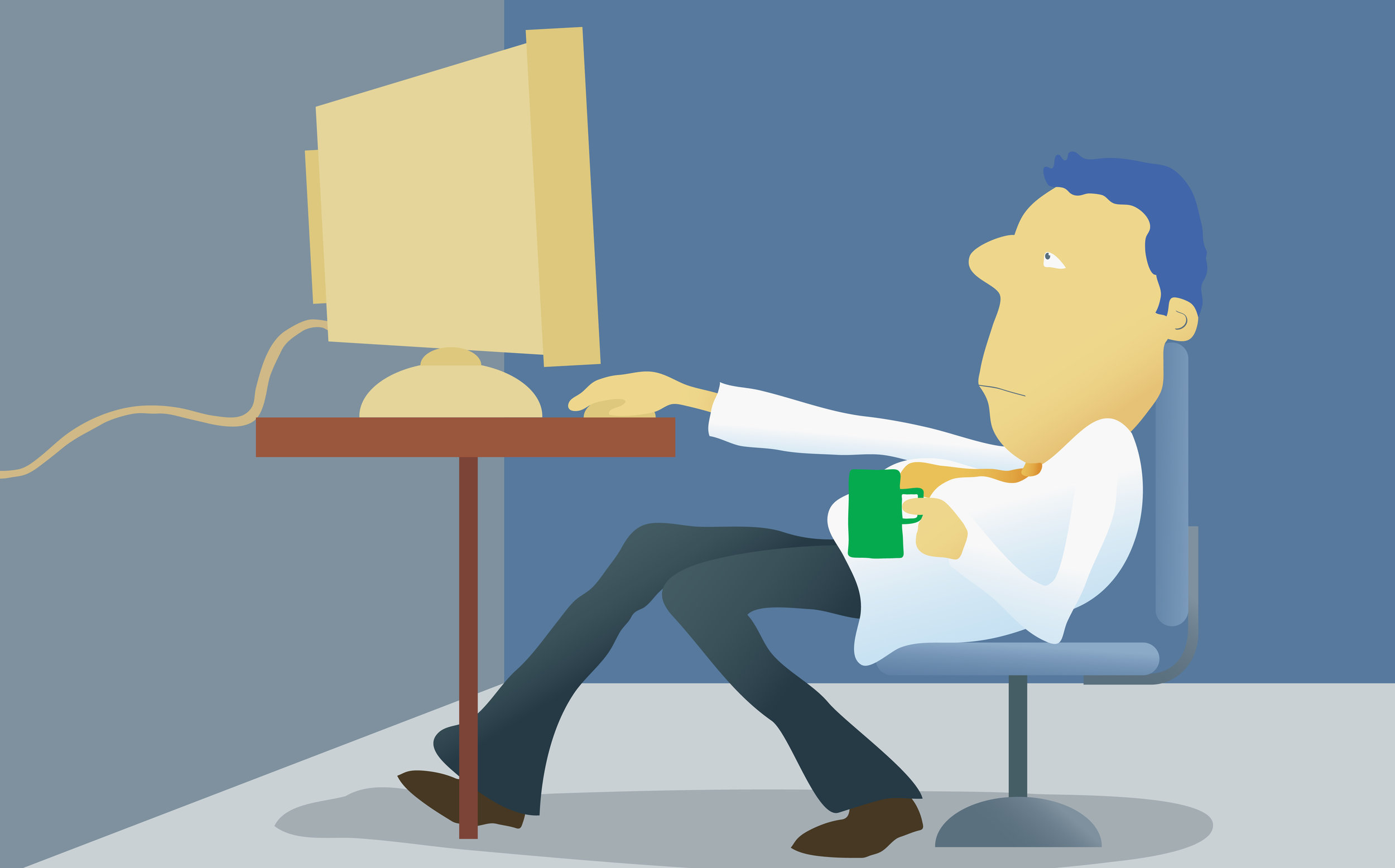As a lot of you are probably already aware, Martin regularly runs seminars and workshops on chiropractic education here in Australia, but what you might NOT know, is that he is actually a highly sought after speaker internationally as well. In just the last few years Martin has spoken in the USA, Argentina, New Zealand, the UK, Ireland, Holland and Spain and what always amazes me is how short his turn around times will usually be.
For instance, for his most recent speaking engagement in Scotland, Martin left the practice slightly early on a Thursday evening, flew to Edinburgh for a seminar and was back in Melbourne again Tuesday evening to start practice at 7am Wednesday morning. As someone 18 years his junior (I had to fit that in somewhere) it always astounds me how much energy he still has on the other side of those trips!
For my part, I began taking more than just a professional interest in healthier travel when as I got into my later 20’s, international flights started to trigger migraines.
Think of how fun you find airports and customs, and now imagine doing it with burred vision, an inability to deal with noise and a headache seemingly splitting your head in two from the back of your neck to just behind your eye.
Obviously, I was keen to avoid repeating this fate and so, in recent years have adjusted (pardon the pun) my travel habits to accommodate.
Well get on with it Kieran, what am I meant to do??
Kieran and Martin present:
9 tips to prevent back pain, neck pain and headaches when flying
1. Seating position
For tips about ideal degrees of seat back position, read my post on sitting here.
Don’t forget, that tiny pillow we are given on a plane that seems useless is a great substitute for short term lumbar support or to go under your legs if the seat cushion is pressing in behind your knees.
Another rule of seating position is to mix it up! Your back hates being still for too long and your circulation NEEDS us to change position. You wouldn’t fly to London without moving your ankles toes and feet to avoid DVT and you should think of your low back the same way.
There are at least 4 seating positions available to you no matter what class you travel in, upright, reclined, upright with lumbar support, reclined with lumbar support. Keep changing between these 4 options to allow your low back the chance for at least SOME movement.
2. Neck Pillows
No one can actively hold their head up while properly being asleep, as is characterised by the nodding and catching movement we do continually when sitting on planes.
I have a number of clients who return from flights (many people literally call us to come in on their way home from the airport!) with symptoms that are like mild whiplash. Tight neck muscles, headaches, pins and needles in their arms and restricted neck range of motion are just a few of the symptoms we regularly see after flying and a lot of these could have been avoided if they had been able to properly relax their necks while attempting to sit upright.
Believe me, I know how lame neck pillows look but there better/less daggy options out there and for me, a neck pillow has changed my life for when I arrive and the quality of my sleep.
If you are limited for space or forget one, a towel from your carry on or the blanket the airline gives you can be used in a pinch.
3. Hydration
Staying hydrated tends to be hard everyday in real life, and can seem especially hard when you have to ask someone else for water all the time, but for avoiding headaches, migraines, quality of sleep and relaxing your muscles it is essential.
The air in the plane tends to dry us out so you should always try to keep your water intake up. Some people travel with a small amount of high quality salt to put a sprinkle in their water to try retain fluid so that drinking doesn't mean too many trips to the bathroom but be careful not to go too far with that.
The most boring suggestion I have is to limit/don’t drink alcohol while flying. Alcohol inhibits the realise of Anti Diuretic Hormone (or ADH) from our brain, making us need to use the toilet more frequently leading to further dehydration, its one of the main reasons we get hangovers! For further proof of this phenomenon see: “You on a Sunday morning prior to having children”.
4. Sleep
Get as much as you can at the right time. Obviously we need to acclimatise our body to wherever we are traveling to, so if this is in a vastly different time zone, try to sleep like you are already. there.
Neck pillows (as discussed above), eye masks and good quality ear plugs are essential.
The rise in affordable noise cancelling ear plugs has been a God send, but Martin and myself recommend ‘in ear’ earplugs/headphones as larger over the ear ones can make it harder to get your head in a good position for sleeping.
5. Don't just sit there
Get up and move an annoying amount. Do not care what other people in the cabin think about you getting up and moving about the cabin.
Obviously this is recommended for avoiding DVT but has the added benefit of stretching and moving the soft tissues of your body.
My personal tip is to try do some discrete glut activation while you are up. Your gluten are you main pelvic stabilisers and your Glut Max is your largest muscle as its meant to be used for all your lifting, you need it to get your bag down from the overhead lockers and taking luggage off the carousel.
Remember, you aren't trying to be good at flying, you're actually wanting to enjoy yourself at the other end!
6. Travel light
The lighter your bags and the less bulky and awkward they are to move around, the easier it will be on your body, no matter how strong you think you are.
7. Prepare early so that you're rested
I cannot tell you how many times I have had to adjust people who have injured themselves PRIOR to leaving for a holiday because getting ready to leave has meant a lot of extra stress in and of itself!
Wry necks, disk issues and headaches are just a few of the issues we see that can be exacerbated or even caused by stress, so do everything you can to be ready early for wheels up - including at work. How often do you stress out about having to get things ready at work so that you can get away? Start looking after yourself in the weeks leading up to your departure and from day one you'll actually feel like you're on holiday.
8. Meditation
Let’s face it, travel can be stressful. Delays, anxiety about making a connecting flight and of course, your fellow passengers can be an ordeal.
It can pay to have a good meditation app or relaxing music (as I have said in a previous post I am an Enya man, but there are a few types of music more relaxing than others. For more tips on distressing that post can be found here) can make you more chilled while you fly, leading to a better rested version of you once you get out of the plane on the other end.
9. Have a brilliant time
You deserve to enjoy your holiday. If you have been putting these tips into practice, you'll be maximising your chances of having the trip you have planned, not one marred by injury.
Don’t worry! If you find yourself in a spot of bother while you are away, shoot us an email, you'd be surprised just how many places we will be able to fond someone great to get you back on track while you are away.
If you have any questions about these tips or any suggestions of things I have missed, please feel free to contact us at Align.
Have a safe and healthy school holiday!





